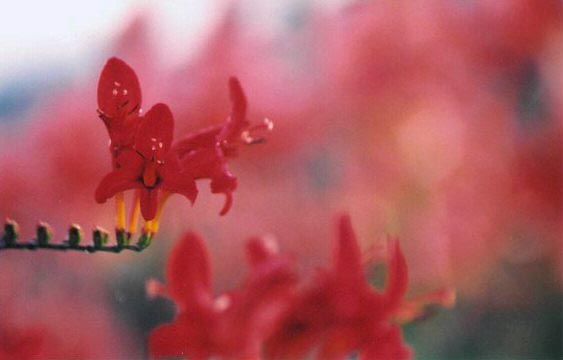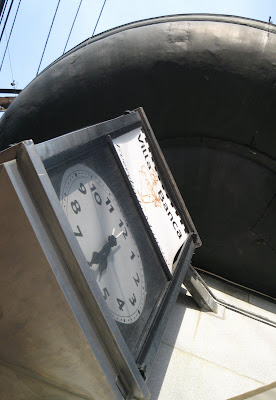I can recall the specific visual event and accompanying aesthetic impulse that eventually moved me to become an artistic photographer. The approximate year was 1986. I was driving northward along Interstate 91 in Vermont. The construction of I-91 had required that granite hills be blasted and cut to make way for the highway. I had driven through those granite passes numerous times and paid little attention to them. But, on one morning the warm-toned sunlight fell into the gorges at just an angle so that the rocks shown a gold color and the jagged corners of the cut stone made stark, long shadows. I experienced a feeling of awe at what I was seeing and wished I had a camera to photograph the rock formations. A Single Lens Reflex camera would have done the job for me. Up to that time, I had used small Brownie cameras to photograph family members and an occasional landscape scene that appealed to me. However, I had never experienced an emotional response to a scene that was strong enough to make me want to invest time and money in photography. Even so, I didn’t take up serious photography at that time because I was already invested in another art form. I had begun to paint what I eventually called “spiral line-art” paintings. I will describe those paintings another time. But, the impression of the granite gorges and my wish to have a camera suitable for artistic photography remained strong with me. Then I, my wife Nancy, and our son Jonathan moved from Brattleboro, Vermont to Wolfeboro, New Hampshire in the summer of 1989. I bought my first SLR camera before that fall.
Wolfeboro is a well-known summer resort-town situated on Wolfeboro Bay, one of the major harbors on Lake Winnipesaukee. My interest in artistic photography was combined with an economic incentive. I saw in Wolfeboro’s tourism trade what I thought to be a good market for scenic photography and began to photograph the scenery around Wolfeboro that would appeal to the tourists – pictures of the yachts on the bay, the quaint shops on Main Street, and the beautiful landscape of Lake Winnipesaukee and the White Mountains. In the beginning, artistic photography was, for me, synonymous with landscape photography. I opened a photograph gallery in town in January 1990.
To be continued…
Here’s a selection of early photographs that were taken within my first year in Wolfeboro and that were in my gallery. They can give only a semblance of the region’s beauty.
*******************
The Old Wolfeboro Railroad Station

Main Street, Wolfeboro
1989
Rust Pond at Sunrise
Sunset on Lake Winnipesaukee
from Copple Crown Mountain
I climbed up onto an abandoned ski-lift pulley to get this view.
Sunset on Lake Winnipesaukee
from Clarke Point, Wolfeboro
Pool of Mallards
Water spots open through the winter in Wolfeboro host a few hundred Mallard ducks.
Essence of Mallard
This Mallard is sitting on ¼ inch of ice at the Wolfeboro dock.
Chichester Field
Chichester, New Hampshire, is a small town 30 miles south of Wolfeboro. Like much of rural New Hampshire, Chichester has lovely farmlands. Pastoral scenes such as this have permanently bonded me to New England.
Lady’s Slippers
Found on Mount Major in Alton
Mount Chocorua
Mount Chocorua shows up small in a frame of tree-trunks and limbs on the shore of Lake Chocorua. This mountain is considered the most photogenic in New Hampshire.
Wolfeboro Dockside
With the Mount Washington
cruise ship docked.
Wolfeboro Bay Yachts
at Sunrise
The aqua-green hue in this photo was created by a polarizer filter.
Wolfeboro Bay at Sunset
The magenta hue is genuine. The sun had just set behind me and cast a pinkish tint into the sky. The town lights had just come on. The water wasn’t frozen, yet was perfectly calm without a ripple. The snowfall was pre-winter. I returned to this spot many times but never again saw conditions that resembled these.
The February and March sunrises on this pond with Copple Crown Mountain in the background are worth getting up for, despite the cold. The sky colors are reflected by ice.

















































